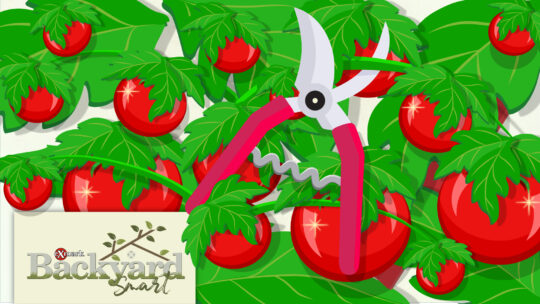Ever wonder what the three numbers on fertilizer mean? Well, we’re going to help you learn what each—Nitrogen, Phosphorus, and Potassium—are all about. Understanding lawn and plant fertilizer numbers can help you grow your best garden and greenest lawn ever.
Of all the skills today’s homeowner requires to keep their yard looking its best, a science degree would seem like the least of them, right? And yet, when staring at those three numbers on a fertilizer label, even the summa cum laude among us can become perplexed.
The Up, Down, and All-Around of N-P-K
Those 3 numbers aren’t lines of computer code or the combination to a padlock. But, they do hold a key of sorts. One that ensures strong root structures, healthy lawn growth—and the assurance that bare feet will love your grass! Those numbers stand for fertilizer ingredients—in order—nitrogen (N), phosphorous (P), and potassium (K).
The N equals nitrogen, a.k.a. the “Up.” If you recall the concept of photosynthesis from 8th-grade biology class, you know that sunlight kicks off the process, helping to turn water, carbon dioxide, and compounds like chlorophyll into life-giving oxygen. Which means helping things grow “up.” Nitrogen is a component of chlorophyll, not to mention the amino acids that form the proteins that keep plants healthy.
The P equals phosphorous, a.k.a. the “Down.” If you aren’t familiar with phosphate rock, it’s one of those earth minerals that take about a million years to form, and it’s the source of the phosphorus found in many fertilizers sold in lawn-and-garden centers. Phosphorous bolsters the root systems of plants. Specifically, small plants and those producing few flowers are deficient in this key ingredient.
The K equals potassium, a.k.a. the “All-Around.” Just like people need water to thrive, plants need potassium to be at their best. Potassium is a nutrient that benefits the plant most noticeably by helping stave off disease, pests, drought, and cold temperatures. And, young plants need it to put down roots. Leaves that begin to yellow may indicate a potassium deficiency.
Why Fertilizer Numbers Matter
Remember, you aren’t fertilizing plants, per se. It’s the soil you’re actually correcting. Having your soil tested is a great idea, and easy is to do. Just collect a sample and send it to your local co-op. For a small fee, they’ll recommend the right mix of those three numbers: the “Up, Down and All-Around.”



